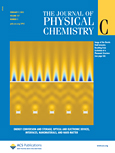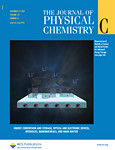 “Chemical State, Distribution and Role of Ti- and Nb-Based Additives on the Ca(BH4)2 System” by Christian Bonatto Minella, Eva Pellicer, Emma Rossinyol, Fahim Karini, Claudio Pistidda,Sebastiano Garroni, Chiara Milanese, Pau Nolis, Maria Dolors Baró, Oliver Gutfleisch, Klaus Pranzas, Andreas Schreyer, Thomas Klassen, Rüdiger Bormann and Martin Dornheim. The Journal of Physical Chemistry C. 117:4394-4403 (2013). DOI: 10.1021/jp3116275
“Chemical State, Distribution and Role of Ti- and Nb-Based Additives on the Ca(BH4)2 System” by Christian Bonatto Minella, Eva Pellicer, Emma Rossinyol, Fahim Karini, Claudio Pistidda,Sebastiano Garroni, Chiara Milanese, Pau Nolis, Maria Dolors Baró, Oliver Gutfleisch, Klaus Pranzas, Andreas Schreyer, Thomas Klassen, Rüdiger Bormann and Martin Dornheim. The Journal of Physical Chemistry C. 117:4394-4403 (2013). DOI: 10.1021/jp3116275
Light metal tetrahydroborates are regarded as promising materials for solid state hydrogen storage. Due to both a high gravimetric hydrogen capacity of 11.5 wt. % and an ideal de-hydrogenation enthalpy of 32 kJ mol-1 H2, Ca(BH4)2 is considered to be one of the most interesting compounds in this class of materials. In this work, a comprehensive investigation of the effect of different selected additives (TiF4, NbF5, Ti-isopropoxide and CaF2) on the reversible hydrogenation reaction of calcium borohydride is presented combining different investigation techniques. The chemical state of the Nb- and Ti-based additives is studied by X-ray absorption spectroscopy (e.g. XANES). Transmission Electron Microscopy (TEM) coupled with Selected Area Electron Diffraction (SAED) and Energy-dispersive X-ray spectroscopy (EDX) was used to show the local structure, size and distribution of the additive/catalyst. 11B{1H} Solid State Magic Angle Spinning-Nuclear Magnetic Resonance (MAS-NMR) was carried out to detect possible amorphous phases. The formation of TiB2 and NbB2 nanoparticles was observed after milling or upon sorption reactions of the Nb- and Ti-based Ca(BH4)2 doped systems. The formation of transition metal borides nanoparticles is proposed to support the heterogeneous nucleation of CaB6. The {111}CaB6/{1011}NbB2, {111}CaB6/{1010}NbB2 as well as the {111}CaB6/{1011}TiB2 plane pairs have the potential to be the matching planes because the d-value mismatch is well below the d-critical mismatch value (6 %). Transition-metal borides nanoparticles act as heterogeneous nucleation sites for CaB6, refine the microstructure thus improving the sorption kinetics and, as a consequence, lead to the reversible formation of Ca(BH4)2.
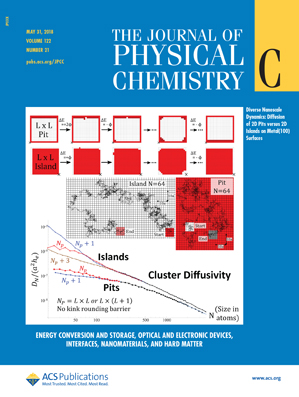
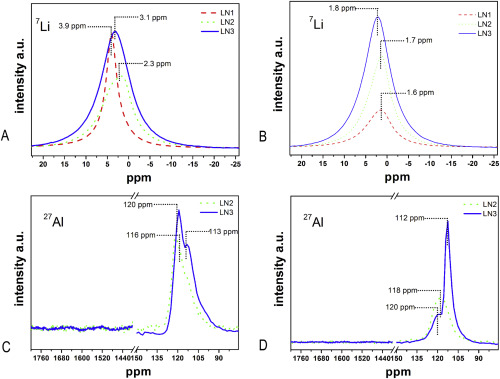
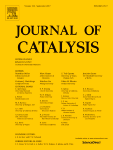
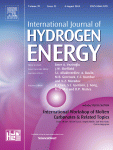
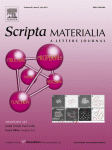
![Experimental evidence of Na2[B12H12] and Na formation in the desorption pathway of the 2NaBH4 + MgH2 system](https://sermn.uab.cat/wp-content/uploads/2011/07/jpccck_v115i028.jpg)
